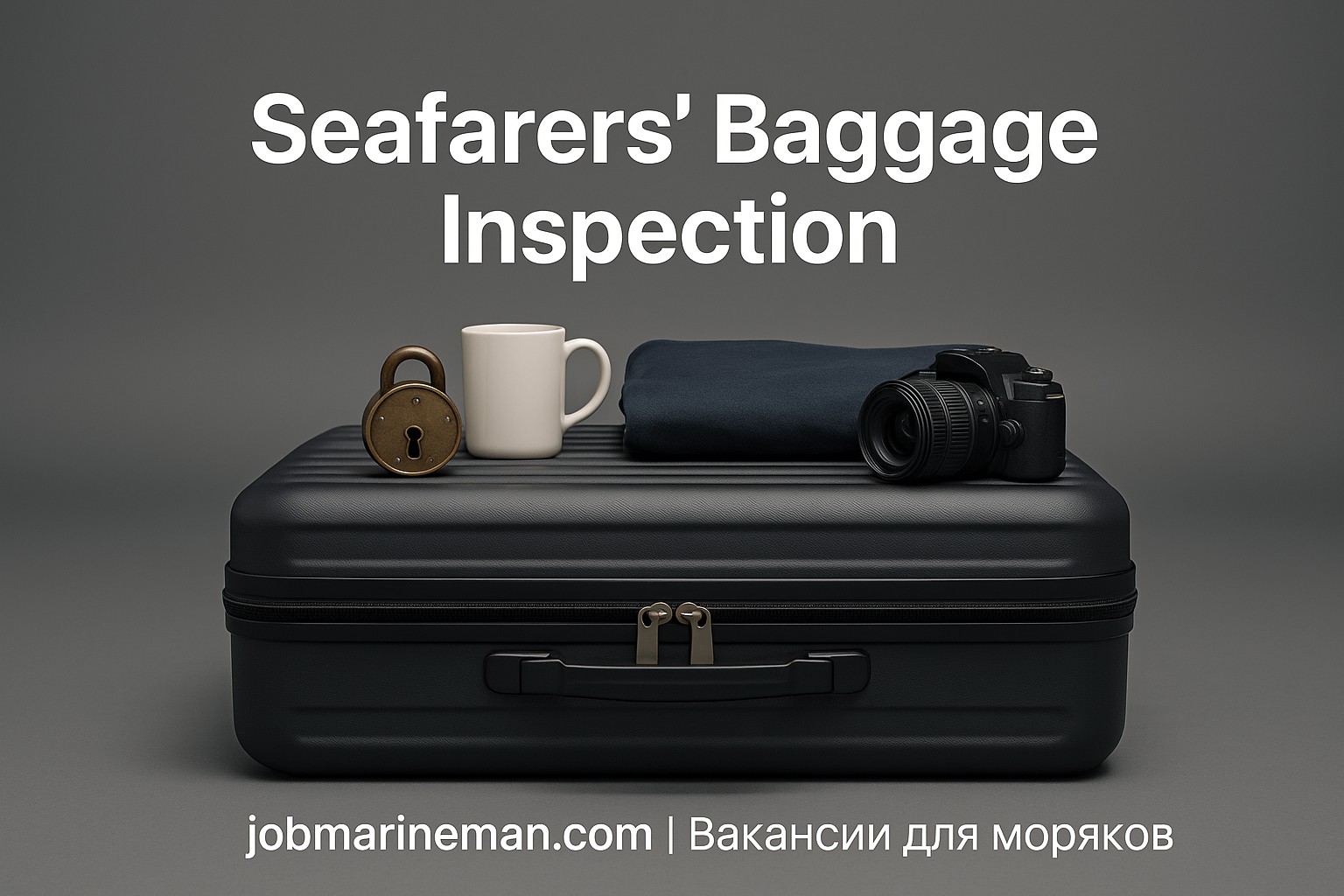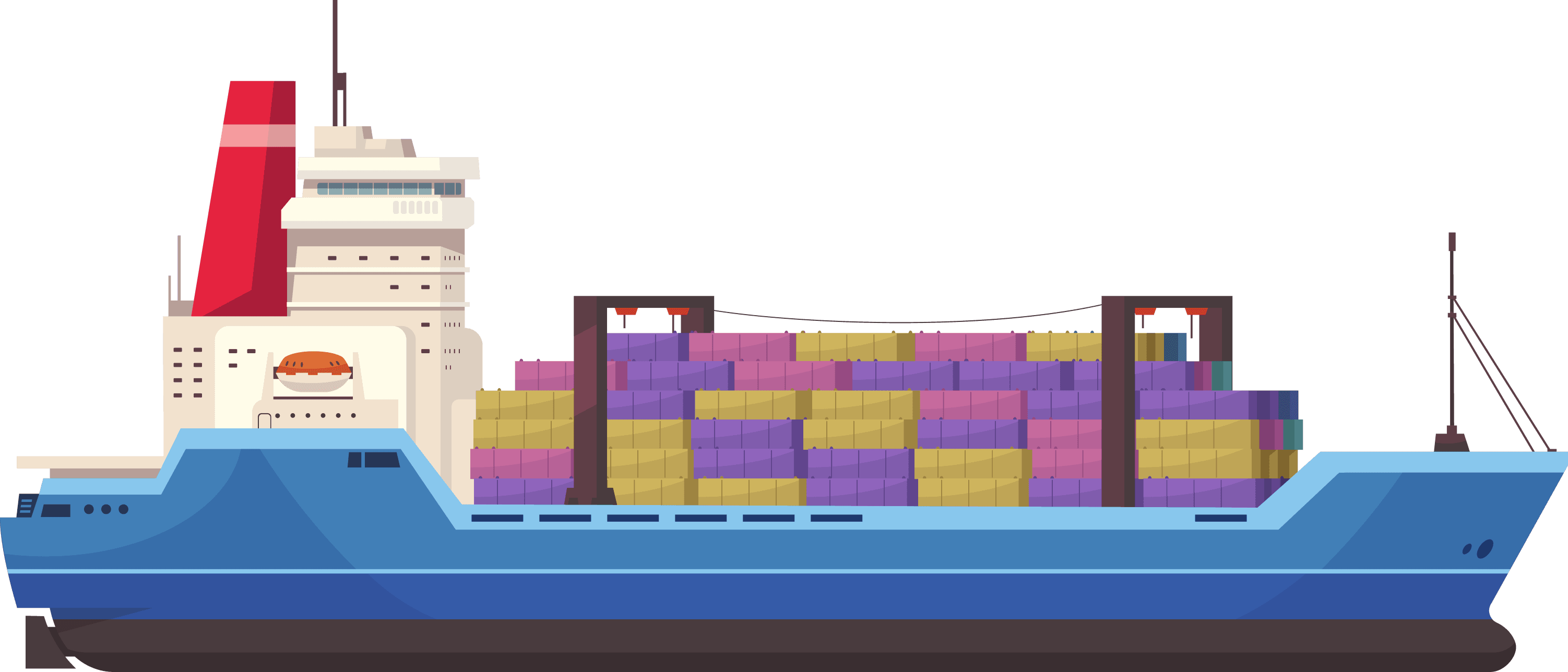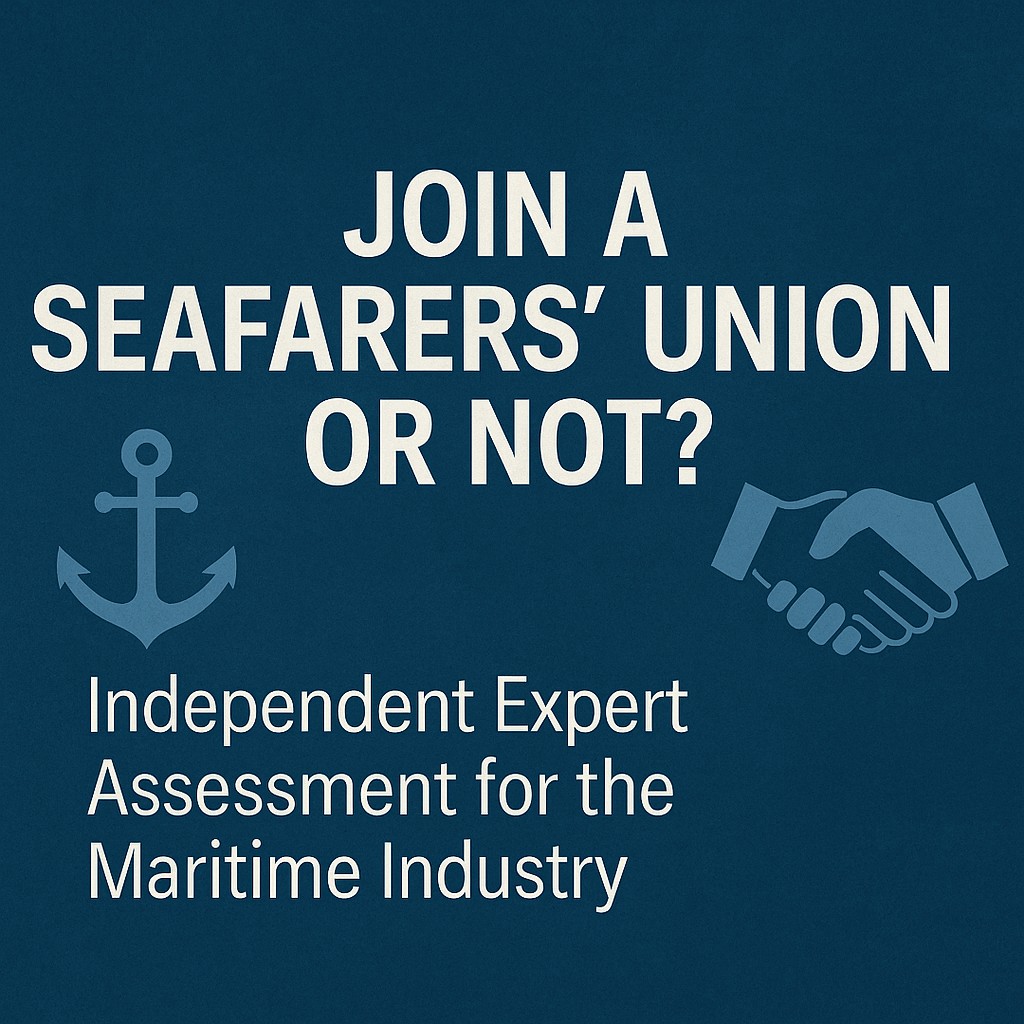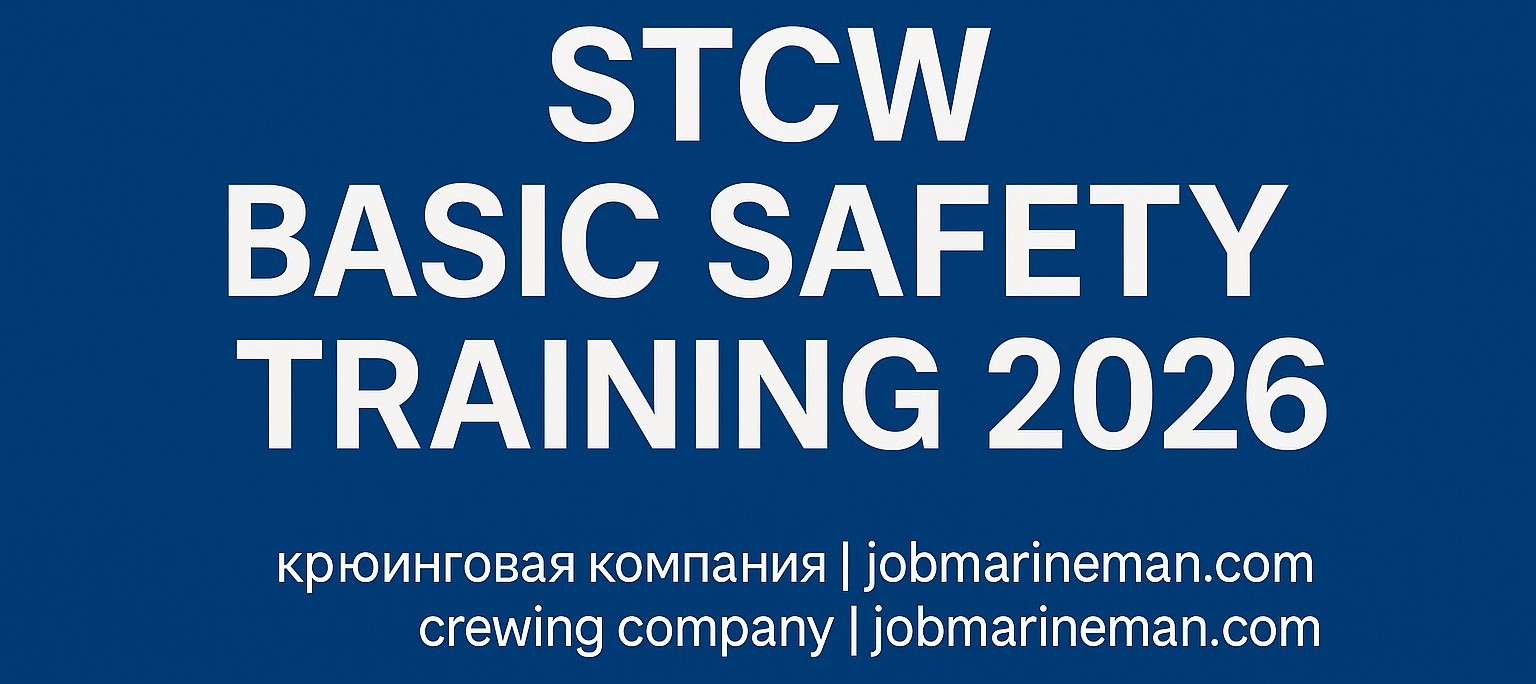
Seafarers’ Baggage Inspection: Where the Line Between Personal and Ship Property Lies
In maritime practice, the off-signing procedure for crew members involves not only checking documents but also inspecting personal belongings. This is a standard measure used by shipowners, agents, and port authorities to ensure security, prevent loss of property, and comply with international requirements. Although baggage inspection sometimes raises questions among seafarers, it is part of a normal operational process and not a matter of distrust — its purpose is to protect the interests of all parties involved.
Legal Basis and Responsibility
The inspection of seafarers’ baggage during off-signing is regulated by internal company procedures, as well as the ISM Code, MLC 2006, and national port control regulations. Depending on the vessel’s flag, the inspection may be carried out by the chief officer, the master, or a representative of the shipowner.According to maritime administrative practice, all items on board are classified as ship property or personal belongings of the crew. A seafarer has the right to take all items purchased with personal funds that are not part of the ship’s stores and do not fall under customs or sanitary restrictions.Any equipment, tools, spare parts, medicines, or supplies purchased for the vessel’s needs are considered ship property and may not be removed without written permission from the master or shipowner.
What Counts as Personal Belongings
Personal belongings typically include clothing, hygiene products, personal electronics (such as phones, laptops, headphones, or tablets), souvenirs, and gifts bought in ports. Items like coffee, tea, or other provisions purchased personally and not intended for general crew use are also considered personal property.According to maritime union recommendations, upon completion of a contract, a seafarer has the right to take personal purchases home, provided they do not violate the customs regulations of the port state and are not restricted items. To confirm ownership of certain items (e.g., new electronics), it is advisable to keep receipts or invoices from stores.
How Baggage Checks Are Conducted in Practice
Before off-signing, a standard procedure takes place: the chief officer or master checks the condition of the cabin, the return of company-issued property, and the inventory records. After that, a selective baggage inspection may be conducted in the presence of a witness — usually another crew member or a port agent.The inspection is not a full search of the seafarer’s luggage but a check for items that could belong to the ship. If none are found, the process takes only a few minutes.In some ports — for example, in Singapore, the Netherlands, or South Korea — Port Security or Customs Control officers may additionally inspect the baggage of all personnel disembarking. This is particularly common on vessels carrying valuable equipment or operating under strict safety standards.
Ship Property and Corporate Ethics
Maritime practice is based on the principle that a vessel is a workplace governed by collective responsibility. Any item purchased by the shipowner or supplier, regardless of its value, is considered company property.Captains and superintendents often remind crews that even small items — such as ship coffee, stationery, or medical supplies from the vessel’s store — are corporate assets. Unauthorized removal of such items may be regarded as a disciplinary breach or petty theft.According to international practice, such incidents rarely result in legal action but can be recorded in the seafarer’s personal file and affect future employment. This is why companies posting vacancies for seafarers from shipowners pay close attention to candidates’ ethics, responsibility, and reputation.
Recommendations for Off-Signing
Clarify in advance with the chief officer or master which items are considered ship property to avoid misunderstandings.
Keep receipts for personally purchased items — especially electronics or high-value goods.
Do not remove any equipment or supplies from common areas without authorization.
Treat the inspection with understanding — it is a routine safety measure, not a matter of personal distrust.
Maintain your professional reputation. When applying for new positions, especially through open vacancies for seafarers, disciplinary records and behavior are often reviewed by agents and shipowners.
Conclusion
Baggage inspection during off-signing is neither a formality nor a sign of distrust — it is a necessary element of safe and transparent contract completion. The maritime industry is built on trust, and respect for ship property is an important aspect of professional conduct.
Following established procedures helps protect your reputation, prevent conflicts with crew or employers, and increase your chances when seeking work at sea or applying for vacancies for seafarers from shipowners through open seafarer job listings on verified platforms.




